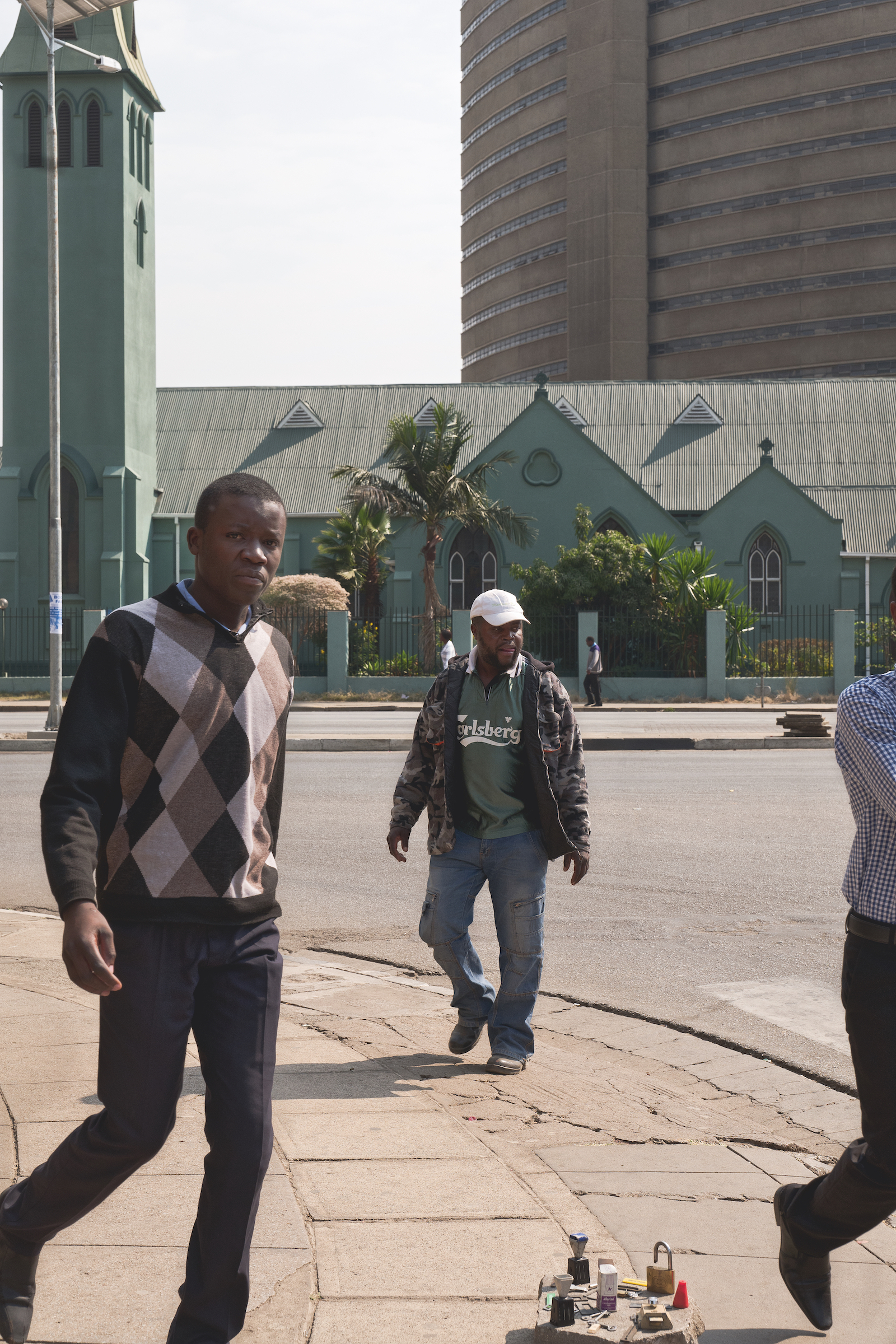Book Review: Museum of the Revolution
Guy Tillim, “Julius Nyerere Way, Harere, Zimbabwe, 2016'“ in Museum of the Revolution (MACK, 2019). Courtesy of the artist and MACK.
By Ashley Yu
Almost all of the “World History 101” classes people take in college usually gloss over, if not completely ignore, the modern history of the African continent. It was not until the late 1950s and 1960s that decolonization seized the sub-Saharan colonies that have long been squashed under the thumb of European dominance.
With a long-standing history of civil war, revolution, and insurrections; award-winning photographer Guy Tillim turns his eye towards the lingering legacy of colonialism as he wanders the streets of Mozambique and other African cities in his book Museum of the Revolution.
Guy Tillim, “Abidjan, Ivory Coast, 2018” in Museum of the Revolution (MACK, 2019). Courtesy of the artist and MACK.
The title of Tillim’s book is taken from the actual Museum of the Revolution in Maputo, Mozambique on Avenida de 24 Julho (Avenue of 24th July) that commemorates both the establishment of Portuguese power in 1875 and the establishment of Mozambican independence in 1975. Over the course of a decade, the date itself has transformed from a commemoration of racial injustice to one of liberation.
It is this shift in meaning over years of bloodshed and revolution that is preserved in the streets and in its architecture, that captured Tillim’s eye. The decades-old colonial architecture that lingers on the streets became silent witnesses to the everyday lives of decolonized Africa, but also as witnesses to the entry of American capitalism. In one of Tillim’s images, it feels like a game of Where’s Waldo when you see a faded Coca-Cola ad overlooking school children, as they run around outside a sleek government building. In other photo, there’s a bright green billboard for a new bank that sticks out from the muddy roads and crooked cement buildings that are almost crumbling apart.
What is jarring in Tillim’s photo is the contrast between the vibrant, polished newness of sleek colonial architecture and flashy billboards against run-down apartment buildings and mountains of trash heaped onto street corners like road signs. But the local inner-city inhabitants don’t even bat an eye. They stare, instead, into Tillim’s camera and it seems almost funny to me when it feels like they’re staring at us with expressions of pure confusion on their faces.
Guy Tillim, “Jeppe Street, Johannesburg, South Africa, 2014” in Museum of the Revolution (MACK, 2019). Courtesy of the artist and MACK.
Guy Tillim, “Jeppe Street, Johannesburg, South Africa, 2014” in Museum of the Revolution (MACK, 2019). Courtesy of the artist and MACK.
To fully capture the swarm of hawkers, cars, and pedestrians on the street, Tillim combines two photographs from different angles into a diptych, creating the illusion of a panorama. In doing so, Tillim captures a comprehensive view on the quotidian life of major African cities, beyond the stereotypical racist images of mud huts and tribal rituals.
Tillim’s photographs in his book Museum of the Revolution are simultaneously a collection of street photography and a political statement. Wandering through the streets of African nations gradually recovering from decades, if not centuries, of violence; Tillim’s photography is not as sensationalizing and alienating as other ethnographic photographers have been. Instead, it is an exposé on the complicated dynamic between a city’s history and its people.
Museum of the Revolution (2019) by Guy Tillim, published by MACK, is available here.
Guy Tillim, “Julius Nyerere Way, Harere, Zimbabwe, 2016” in Museum of the Revolution (MACK, 2019). Courtesy of the artist and MACK.
Guy Tillim, “Julius Nyerere Way, Harere, Zimbabwe, 2016” in Museum of the Revolution (MACK, 2019). Courtesy of the artist and MACK.













